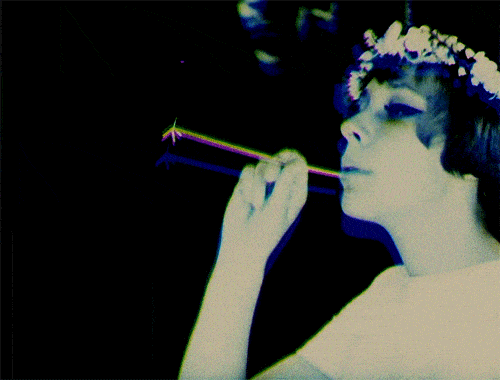czechoslovak new wave
est. 1962 – 1970
In the mid-20th century, a cinematic revolution was brewing in Czechoslovakia. The Czechoslovak New Wave, film movement characterized by visual experimentation and innovation in storytelling, left an indelible mark on the world of films. Unfolding during a time of political and social upheaval, it greatly influenced the European arthouse cinema.
Origins of the Czechoslovak New Wave
Following World War II, Czechoslovakia fell under the influence of the Soviet Union and was subjected to the tight grip of communism. This era severely stifled artistic expression, leading to a state-controlled cinema that was dominated by propaganda. Films produced during this time largely served as tools for ideological indoctrination, adhering strictly to the tenets of socialist realism and leaving little room for creative freedom.
The Czechoslovak New Wave was born within the context of Czechoslovakia’s post-war history, which was marked by significant political turmoil, including the Prague Spring of 1968, a period of political liberalization and mass protest in the Czechoslovak Republic.
In the early 1960s, a new generation of filmmakers began to emerge, characterized by their wit, humor, and a desire to challenge the status quo. These directors aimed to create films that were more reflective of real life, often using satirical and absurd elements to critique the society in which they lived.

Characteristics of the Czechoslovak New Wave
The Czechoslovak New Wave was a movement that defied traditional conventions, both in its storytelling and its visual style. It celebrated innovation, regularly featuring non-linear narratives and dreamlike sequences, while merging reality and fantasy to create an experience that was fresh and captivating. The movement also brought character-driven narratives, featuring quirky, relatable individuals who grappled with the absurdity of life.
One of the defining characteristics of the Czechoslovak New Wave was its stunning cinematography. The movement produced visually captivating films, with a keen focus on the aesthetics of each frame. Cinematographers like Jaroslav Kucera played a significant role in shaping the distinctive look of these films, employing innovative camera work and framing to enhance the narrative.
While the Czechoslovak New Wave was known for its humor and satire, it also delved into pressing social issues, such as conformity, bureaucracy, and the alienation of individuals within a collectivist society. This exploration of social themes, wrapped in the cloak of humor, added layers of depth and relevance to the movement’s films.


Important Filmmakers and Films
Milos Forman, renowned for his early films “Loves of a Blonde” (1965) and “The Firemen’s Ball” (1967), offered a satirical perspective on the absurdities of everyday life under an oppressive regime. His ability to blend humor with social critique made his films both entertaining and thought-provoking. Forman’s work during this period laid the foundation for his later success in Hollywood, where he continued to explore themes of individuality and authority.
Jiri Menzel‘s “Closely Watched Trains” (1966) stands as one of the most celebrated films of the Czechoslovak New Wave. Winning the Academy Award for Best Foreign Language Film in 1968, it blends humor and melancholy to depict the life of a young train station employee during World War II.
Last but not least, Vera Chytilova with her feminist masterpiece “Daisies” (1966) defied conventional narrative structures while pushing the boundaries of visual aesthetics. The film follows two young women who embark on a series of anarchic and surreal adventures, challenging traditional gender roles and societal norms. Chytilova’s unique use of color, montage, and non-linear storytelling set “Daisies” apart as a pioneering work of avant-garde cinema.
Legacy and Influence
The Czechoslovak New Wave was a cinematic revolution that emerged from a complex historical and political backdrop and at the uncertain times, influencing subsequent movements from the Central and Eastern Europe. Its fearless exploration of society, innovative storytelling techniques, and the noticable impact on global cinema make it a movement worthy of recognition and celebration.
Though the Prague Spring was quashed, the spirit of creativity and freedom that fueled the Czechoslovak New Wave lives on in the hearts of filmmakers and cinephiles alike. This movement’s legacy serves as a powerful reminder of the resilience of artistic expression and its ability to challenge oppressive regimes and provoke thought.
Refer to the Listed Films for the recommended works associated with the movement. Also, check out the rest of the Film Movements on our website.
